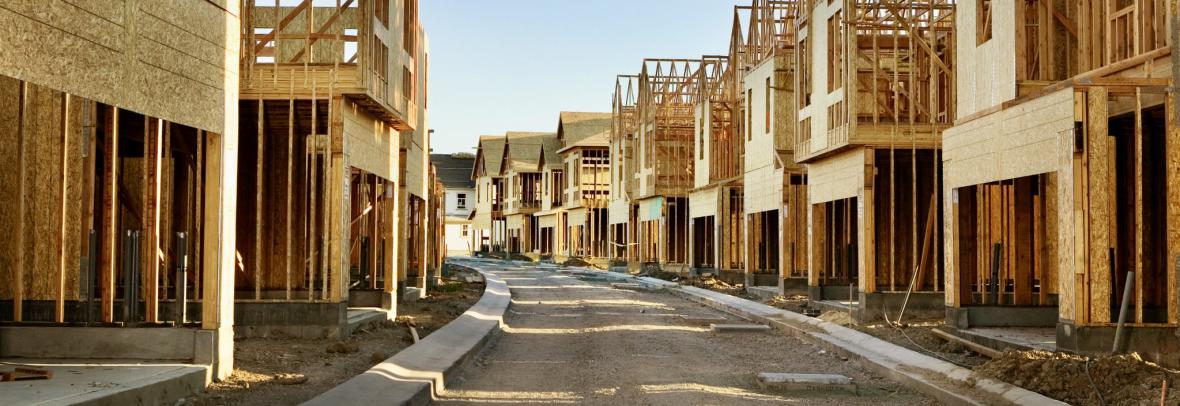
NAHB Outlines Plan to Boost Housing
The National Association of Home Builders said a lack of homes is the primary cause of housing affordability challenges. The group proposed steps to help.
WASHINGTON – The National Association of Home Builders (NAHB) unveiled a 10-point housing plan to control shelter inflation and ease housing affordability stress by removing barriers that hinder the construction of new homes and apartments.
The NAHB said the national shortage of roughly 1.5 million housing units is making it increasingly difficult for American families to afford to purchase or rent a home. Shelter inflation – rent and homeownership costs like utilities – also have a damaging impact on affordability, the NAHB said.
The group said shelter inflation is rising well above a 5% rate, and for the past year, more than half of overall inflation in the economy has been due to rising housing costs. The only way to effectively tame shelter inflation – particularly with elevated interest rates for both mortgages and development/construction loans – is to build more attainable, affordable housing, the NAHB said.
“The lack of homes is the primary cause of growing housing affordability challenges,” said NAHB Chairman Carl Harris, a custom home builder from Wichita, Kan. “Any policy that seeks to improve affordability without addressing the need to increase the supply of single-family and multifamily for-sale and for-rent housing is doomed to fail.”
The NAHB’s outlined its plan as initiatives at the local, state and federal levels to address the problems:
- Eliminate excessive regulations. On average, regulations account for nearly 25% of the cost of a single-family home and more than 40% of the cost of a typical apartment development. Agencies and officials at all levels of government must thoughtfully consider the true effect regulations have on small businesses by requiring a more thorough analysis, including indirect costs associated with a proposed rule. Federal efforts to further regulate the housing industry must be subject to greater congressional oversight, allow for increased public participation in the process, be based on sound data and should only be undertaken after a careful consideration of the costs and benefits as well as the potential effects on small businesses. At the local level, policies like rent control actually worsen the nation’s housing affordability crisis by discouraging new development, which is key to bringing down rising prices.
- Promote careers in the skilled trades. In any given month, there is a shortage of roughly 400,000 construction workers, and home builders will need to add 2.2 million new workers over the next three years just to keep up with demand. This severe labor shortage is exacerbating the housing affordability crisis through higher home building costs and construction delays. Policymakers at all levels of government can help by supporting funding for building and construction trades education and providing more placement services to job seekers. In addition to promoting training and jobs in the trades, Congress can help by adopting sensible immigration policies that preserve and expand existing temporary work visa programs while also creating new market-based visa programs that will accurately match demand with available labor.
- Fix building material supply chains and ease costs. The cost of building materials has surged 38% since the pandemic, with the four-fold lumber price spike in 2021 adding more than $30,000 to the price of an average new single-family home. The price of distribution transformers is up 72% since February 2020, and the severe shortage of transformers is delaying housing projects across the nation. Federal policymakers can help mend faulty building material supply chains and ease price spikes and volatility through boosting the production of sorely needed transformers and other materials, ending tariffs on Canadian lumber shipments into the U.S. and on building materials coming from China and increasing the domestic supply of timber from federally owned lands in an environmentally responsive manner.
- Pass federal tax legislation to expand the production of affordable and attainable housing. The Low-Income Housing Tax Credit finances the production of affordable rental housing, but demand for this housing greatly exceeds available resources. NAHB supports bipartisan legislation to increase resources for this program. NAHB also supports bipartisan proposals to create a new tax credit to produce affordable workforce rental housing geared toward middle-income households, such as teachers, health care professionals and law enforcement.
Click here to read the full report.
© 2024 Florida Realtors®
